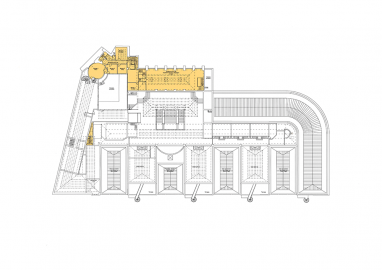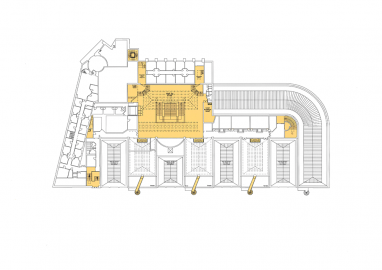Palais de Tokyo - Site for Contemporary Creation
The Palais de Tokyo was originally a modern art museum built for the 1937 International Exhibition, which housed the Musée National dArt Moderne collections until their transfer to the Centre Georges Pompidou. The various programmes that subsequently occupied it, especially from 1984 to 1995, divided up all the spaces and cut them off from view, to the point where the building was transformed into a huge black box at odds with its intrinsic qualities, in particular its natural light.
A major rehabilitation project, undertaken at the beginning of the 1990s for the creation of a Palais du Cinéma, was abandoned in 1998 after months of construction work, by which time much of the interior had been demolished. Such was the state of the building when the architectural competition was convened at the end of 1999. The programme involved the establishment of a site devoted to contemporary creation, conditioned by a very low budget. The directors defined the programme as one of raising a platform on which French and international creation might engage in dialogue, a place of resources and interchange, a space for open aesthetic debate. The programming was conceived as a huge work site, a global project punctuated by events embracing all forms of expression.
The project proposes a simple, light response inspired by both the extraordinary qualities of the naked spaces and the extremely tight budget. It utilises rather than transforms what exists; makes the most of the buildings physical and aesthetic qualities; preserves the enormous freedom of the spaces without partitioning them off; and creates porosity. To this latter end, it preserves the existing transparencies towards the sky and towards the street, revealed by the demolition work: a contact with the outside that is simple, changing and different for each space.

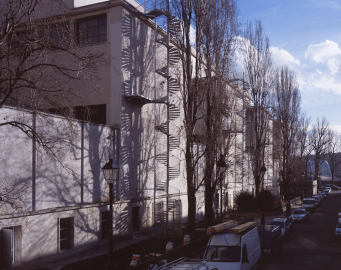 © Philippe Ruault
© Philippe Ruault
 © Philippe Ruault
© Philippe Ruault
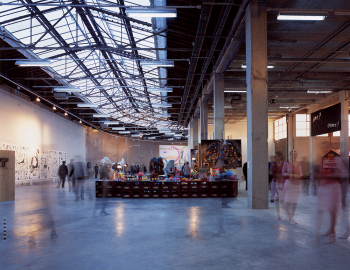 © Philippe Ruault
© Philippe Ruault
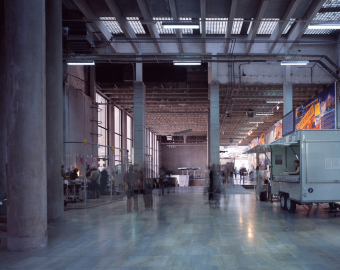 © Philippe Ruault
© Philippe Ruault
